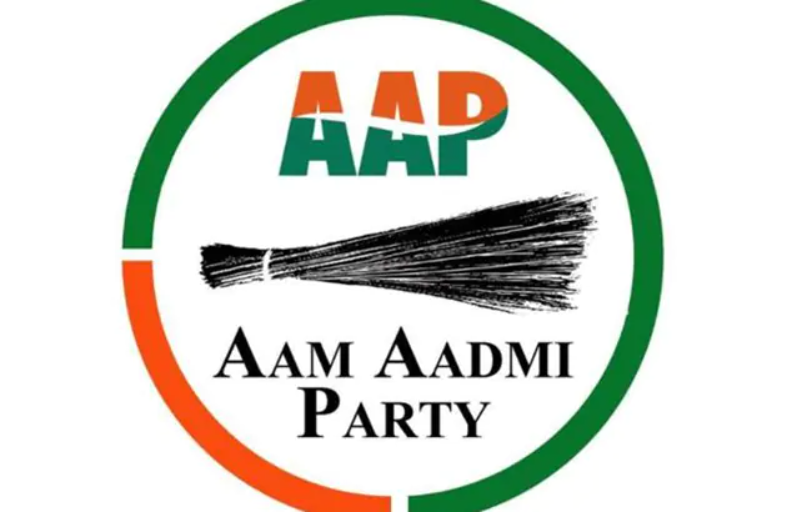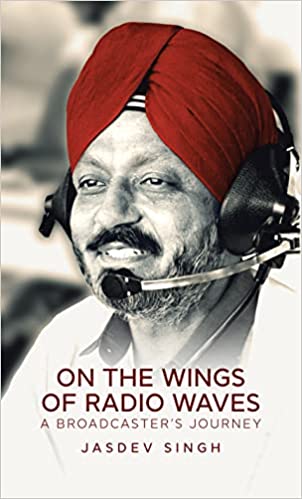
HARYANA STATE ELECTION COMMISSION ADD RESERVED SYMBOLS IN LIST OF FREE SYMBOLS FOR UPCOMING MUNICIPAL POLLS; COMPLAINT LODGED BEFORE THE ELECTION COMMISSION OF INDIA FOR TAKING SUCH DECISION
In April 2022, the Haryana State Election Commission (SEC) issued two number of Notifications which, inter alia, contain different Lists of Free Symbols for allotment to candidates who would contest as Independents/Non-Political Party fielded Candidates for Election to Post of President, Municipal Committee/Council and Mayor, Municipal Corporation as well as Member, Municipal Committee/Council/Corporation in upcoming General Elections to three-tier Municipal Bodies in the State of Haryana as scheduled in next few months/weeks.
However, when this advocate at Punjab and Haryana High Court, recently checked the aforementioned Lists of Free Symbols in the two Notifications as notified by SEC, Haryana, he found that such Free Symbols list also includes Reserved Symbols of certain Recognized (State) Parties in various States of India which have been reserved and notified by Election Commission of India (ECI) in pursuance of Paragraph 17 of the Election Symbols (Reservation and Allotment) Order, 1968 vide Gazette Notification, the latest being issued dated 23 September 2021.
Amongst such Reserved Symbols of Recognized State Parties which have been included in List of Free Symbols by SEC Haryana, Hemant asserts that BROOM and SCALE(S) which are Reserved Symbols of AAM AADMI PARTY (AAP) and SHIROMANI AKALI DAL (SAD) in the States of NCT of Delhi,Punjab and Punjab respectively wherein both are Recognized State Parties since long, have also been included therein the List of Free Symbols by SEC, Haryana.
The SEC, Haryana issued two Notifications mention BROOM at Serial No. 8 and SCALE(S) at Serial No. 40 in the List of Free Symbols for Election of Member of Municipal Committee/Council as well as Member, Municipal Corporation.
I also wrote that two months back in Feb-March, 2022 General Elections to Goa Legislative Assembly, AAM AADMI PARTY (AAP) won 2 seats as well as over 6 percent Votes, hence it would be soon be recognized as State Party in State of Goa too by ECI under Paragraph 6A (i) of Election Symbols (Reservation and Allotment) Order, 1968 in forthcoming latest Notification by ECI under Paragraph 17 of ibid 1968 Order.
Interestingly, both the above referred Reserved Symbols of AAP and SAD viz. BROOM AND SCALE(S) respectively have been added recently in the List of Free Symbols by SEC, Haryana for candidates who would contest as Independents/Non-Political Party fielded Candidates that too only for Member, Municipal Committee/Council/Corporation in General Elections to three-tier Municipal Bodies in the State of Haryana as scheduled in next few months.
Be that as it may, I wonders why the State Election Commission, Haryana has not made/revised its Lists of Free Symbols from corresponding TABLE IV, i.e. from 197 Free Symbols as contained in ECI Gazette Notification dated 23 September 2021. The Advocate is of the considered legal viewpoint that as Reserved Symbols of all 8 Recognized National Parties in India as well as 2 Recognized State Parties in State of Haryana viz. INLD (Indian National Lok Dal) and JJP (Jannayak Janta Party) are not included in the Lists of Free Symbols as made/revised and notified by SEC, Haryana on similar lines,the Reserved Symbols of all other Recognized State Parties in various States of India should also not be included in Lists of Free Symbols by SEC, HARYANA.
I requested the Election Commission of India (ECI) through Chief Election Commissioner (CEC) and the sole Election Commissioner (EC) to suitably communicate/correspond with State Election Commission (SEC), Haryana and impress upon the latter to substitute all such Symbols as included in its recently notified revised List of Free Symbols (which are nevertheless declared and notified as Reserved Symbols of Recognized State Parties by ECI under Paragraph 17 of ibid 1968 Order) with suitable Free Symbols from the List of 197 Symbols contained ECI Gazette Notification dated 23 September 2021.










